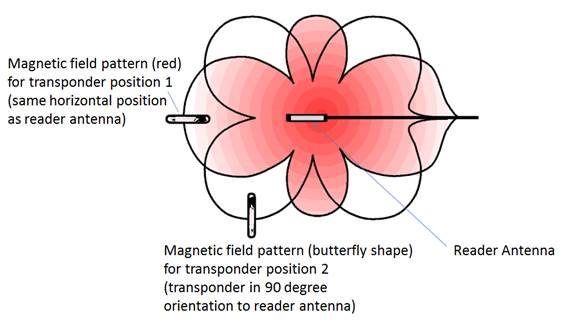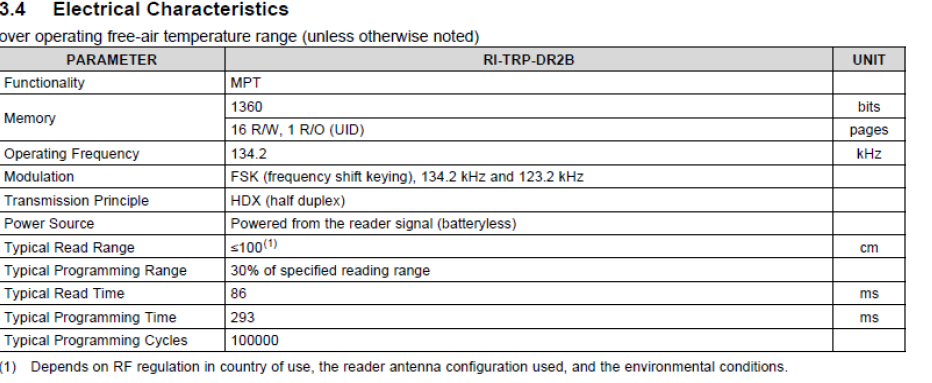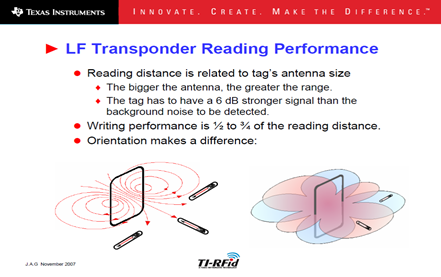This TDIN Co., Ltd. importer and distributor in Seoul Korea.
I'm Yunmi Choi, Assistant Manager of Trading Department.
About RFID TAG 'RI-TRP-DR2B-40' We ordered RFID TAG 'RI-TRP-DR2B-40'(15,000EA), through MOUSER KOREA.
|
Invoice |
Shipped |
Customer PO |
Part Number |
Qty Shipped |
Issue COO |
Date Code |
Lot Code |
|
43590109 |
2017-03-15 |
11768854 |
595-RI-TRP-DR2B-40 |
4000 |
MY |
1640 |
0575445Z47 |
|
43590109 |
2017-03-15 |
11768854 |
595-RI-TRP-DR2B-40 |
2000 |
MY |
1644 |
6046850WEI |
|
Invoice |
Shipped |
Customer PO |
Part Number |
Qty Shipped |
Issue COO |
Date Code |
Lot Code |
|
43207761 |
2017-02-06 |
N1702-023 |
595-RI-TRP-DR2B-40 |
8000 |
MY |
1636 |
6052863WEI |
But, There is a reading issue of RFID TAG reported by my customer. The RFID tag can't be read intermittently.
They used 'RI-TRP-DR2B-30' before and had no problem until now.
They said it’s the first time the issue is occurred, and this issue is occurred as soon as they changed the 'RI-TRP-DR2B-30' to 'RI-TRP-DR2B-40'.
Please let me know the reasons why the reading is not working well and how to cope with it.
In addition, The appearance is slightly different as the glass was dark for -40 instead of transparent for the -30 revision.
Is it possible to cause tag reading error due to this reason?
What are the internal and external factors that can not read?
Do you have any ideas what factors can be make this reading problem?
If there is no functional problem, Is there a way that reading can do well?
Did you got any complains like this from any other customers you have?
What other measures did you offer if other customers complain about it?
I look forward to hearing from you.
Thank you.
Sincerely
Yunmi Choi
*-*-*-*-*-*-*-*-*-*-*-*-*-*-*-*-*-*-*-*-*-*-*-*-*-*-*-*-*-*-*-*-*-*-*-*-*-*
TDIN Co., Ltd.
Trading Department
Assistant Manager (Ms.) Yunmi Choi
#1213, 10, Bamgogae-ro 1-gil, Gangnam-gu, Seoul, S.KOREA (06349)
Tel : 82-2-6677-3471 Fax : 82-2-6677-3475
E-mail : sales@tdin.co.kr
*-*-*-*-*-*-*-*-*-*-*-*-*-*-*-*-*-*-*-*-*-*-*-*-*-*-*-*-*-*-*-*-*-*-*-*-*-*




